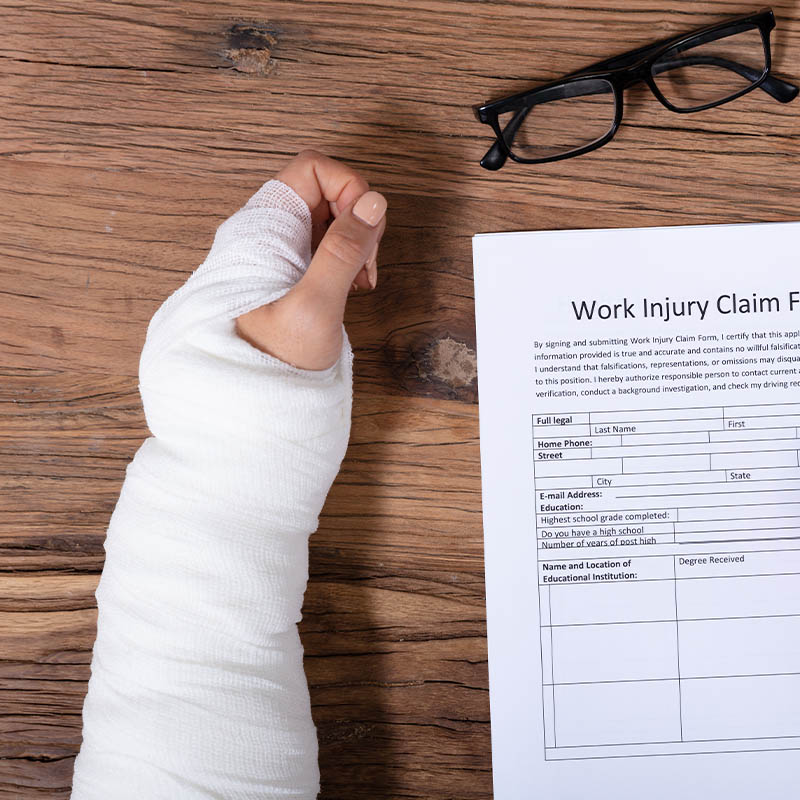In this edition of It depends, family partner Justine Woods discusses whether you can safeguard an intergenerational family business from a family law claim. Video Transcript Hello. Hello, everyone. ...

Allegations that an employer failed to undertake a risk assessment and prepare a documented system of work are a feature of most common law work claims. However, Healy v Logan City Council [2020] QDC 54 demonstrates that, to win their claim, the worker must show that a documented system would have prevented the injury.
On 9 June 2013, Ms Healy sustained injuries while employed by Logan City Council as a casual cleaner at the Logan Metro Indoor Sports Centre.
Ms Healy alleged that she was cleaning the footwells in the rows between seats with a squeegee while standing on (and walking across) the rows of seats.
She alleged that the Council instructed or allowed her to clean using that method. She called a former co-worker to give evidence supporting her claim.
The Council called three witnesses: (i) a supervisor who witnessed the incident; (ii) a senior cleaner who completed Ms Healy’s on-the-job training and (iii) an administrator who provided Ms Healy’s site induction.
Ms Healy’s supervisor gave evidence that she had not been walking along the seats to clean as alleged. Instead, he said she was climbing down from one row of seats to another, by stepping over the seats, and tripped in the process.
Collectively, the Council’s evidence was that:
Judge Sheridan found Ms Healy was an unreliable witness with a tendency to exaggerate. Her Honour commented that ‘Ms Healy was doing her best to paint the Council in a bad light’ and highlighted:
Her Honour also rejected the evidence of Ms Healy’s co-worker.
Judge Sheridan therefore rejected Ms Healy’s version of events. Her Honour noted such system was obviously risky given the seats were known to be slippery and ‘it was hardly credible that anyone would have advised another worker to stand on seats in order to clean the stands’.
Judge Sheridan found for the Council.
On the basis of the Council’s evidence (which she preferred), her Honour concluded that the Council had taken adequate precautions by:
Her Honour noted that:
There is no doubt that documentation, such as risk assessments and safe work procedures, are a crucial tool for employers attempting to defend claims and good practice generally. However, this case serves as a reminder that documents are not the ‘be all, and end all’ in personal injury claims.
The absence of risk assessments cause problems for employers where an injured worker can prove that, had one been undertaken, it would have resulted in an employer taking different or extra precautions. Similarly, the absence of documented work procedures is problematic for employers where, if prepared, the incident would have been avoided. Here, Ms Healy failed to prove those matters – although there is no doubt that the Court’s adverse findings about her credibility played a large role!
This publication is for information only and is not legal advice. You should obtain advice that is specific to your circumstances and not rely on this publication as legal advice. If there are any issues you would like us to advise you on arising from this publication, please let us know.
Subscribe to our interest lists to receive legal alerts, articles, event invitations and offers.



In this edition of It depends, family partner Justine Woods discusses whether you can safeguard an intergenerational family business from a family law claim. Video Transcript Hello. Hello, everyone. ...
Cooper Grace Ward acknowledges and pays respect to the past, present and future Traditional Custodians and Elders of this nation and the continuation of cultural, spiritual and educational practices of Aboriginal and Torres Strait Islander peoples.
Fast, accurate and flexible entities including companies, self-managed superannuation funds and trusts.